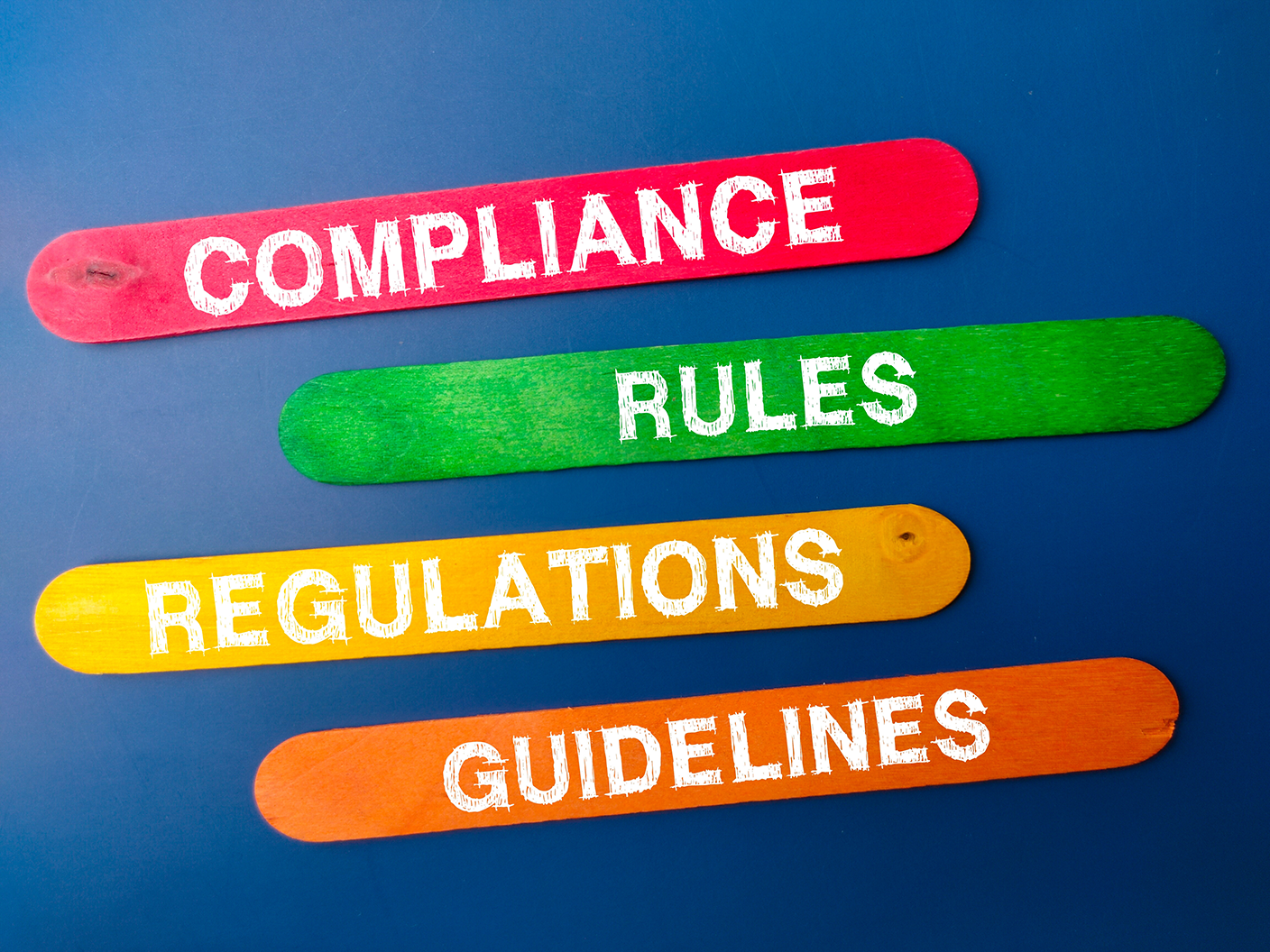You have no items in your shopping basket.
Dr Richard Dune
23-06-2023
Understanding key health and safety terms in care settings
Image by NewJadsada via Envato Elements
Unlocking compliance: The language of safety in health and social care
Navigating the health and social care world can sometimes feel like learning a new language. The UK's Health and Safety Executive (HSE) provides a wealth of guidelines and regulations that care providers must adhere to, and understanding the key terms is the first step towards compliance.
In this blog, Dr Richard Dune will discuss the importance of language in health and safety within care settings, highlighting its role in achieving compliance and maintaining the highest safety standards.
Common health and safety terms
Below are key health and safety terms you might commonly encounter in health and social care settings:
- Accident
- Hazard
- Dangerous occurrence
- Risk
- Near miss
- Risk assessment
- Significant risk
- Safe
- Undesired circumstance
- Health surveillance
- Control measure
- First aid
- Personal Protective Equipment (PPE)
- Workplace Exposure Limit (WEL)
- Manual handling
- Display Screen Equipment (DSE)
- COSHH
- RIDDOR
- Duty of care.
Remember that precise definitions may vary, and it is always a good idea to check the HSE website or seek expert advice when in doubt.
Conclusion
By understanding these terms, we are better equipped to promote and maintain a safe and healthy environment in our care settings. It's not just about ticking boxes or following rules; it's about keeping people safe. We hope this article has helped to demystify some terminology used in health and safety, empowering you to make positive changes in your workplace.
Stay tuned to our blog for more insights and information to help you navigate the health and social care sector. Until next time, stay safe and keep up the excellent work you do in care!
Optimise health and safety compliance with ComplyPlus™
Understanding health and safety terminology is essential for maintaining a secure and compliant care environment. By focusing on these critical terms, organisations can enhance employee safety and fulfil regulatory requirements. Investing in comprehensive training helps mitigate risks and improves overall organisational performance.
Visit the CPD Certification Service website to explore our accreditation and see why organisations trust our expertise in health and safety training.
Our CPD-accredited eLearning courses provide flexible training solutions, equipping staff in health and social care with the knowledge necessary to uphold compliance standards. By integrating comprehensive tracking tools, we help organisations stay ahead of industry regulations with ease.
Enhance your compliance initiatives with ComplyPlus™, a powerful platform tailored to simplify your training procedures and equip your team with essential health and safety terminology in care environments.
Last updated on 11-02-2025
About the author
Dr Richard Dune
With over 25 years of experience, Dr Richard Dune has a rich background in the NHS, the private sector, academia, and research settings. His forte lies in clinical R&D, advancing healthcare tech, workforce development, and governance. His leadership ensures that regulatory compliance and innovation align seamlessly.

Related blog articles
View allContact us
Complete the form below to start your ComplyPlusTM trial and transform your regulatory compliance solutions.







